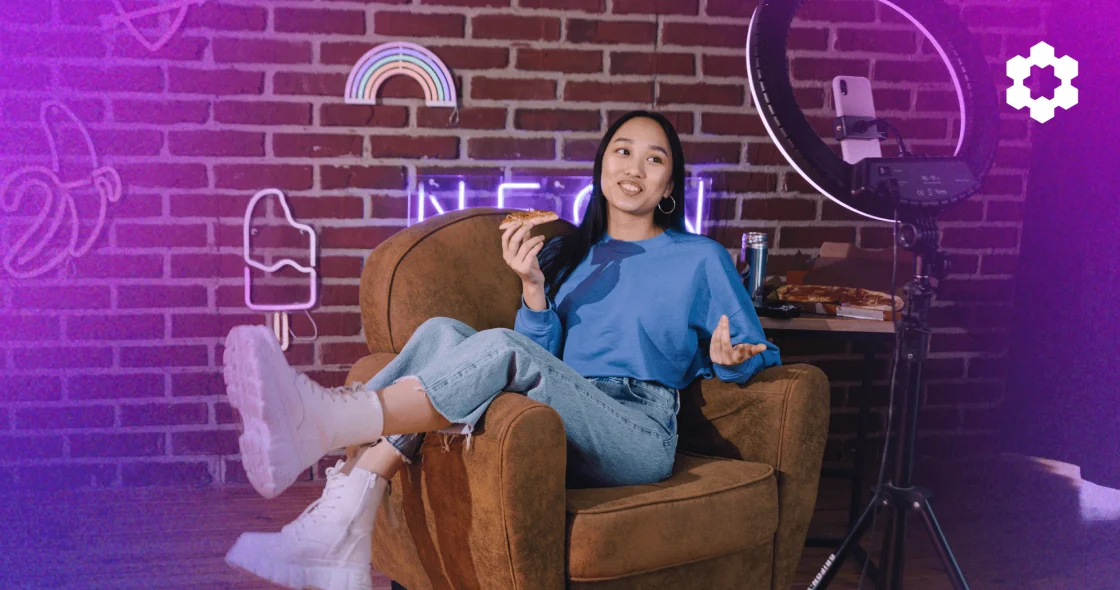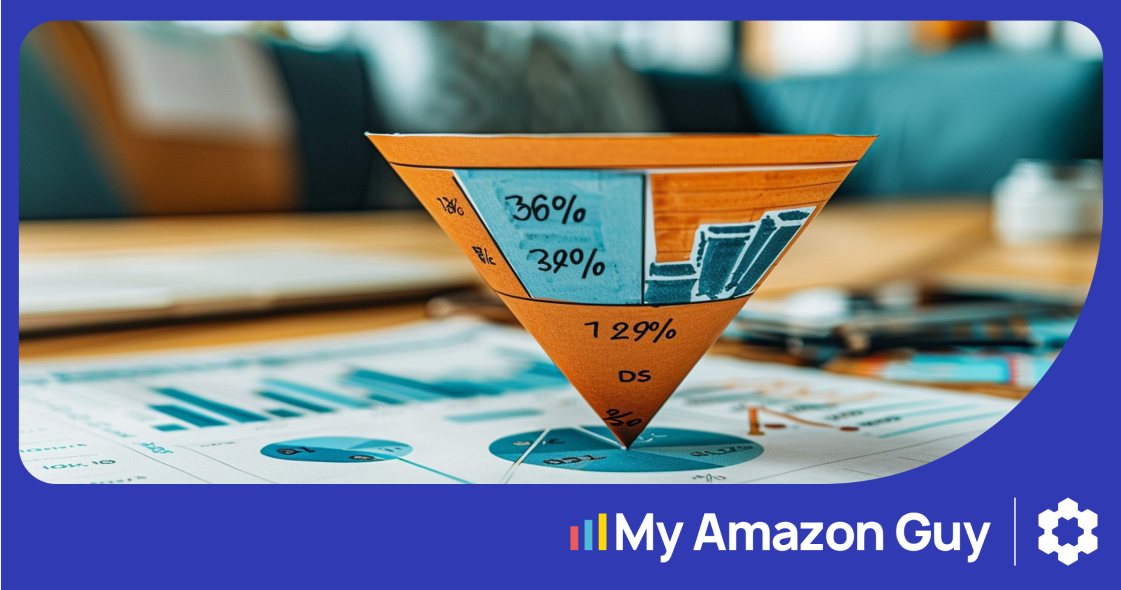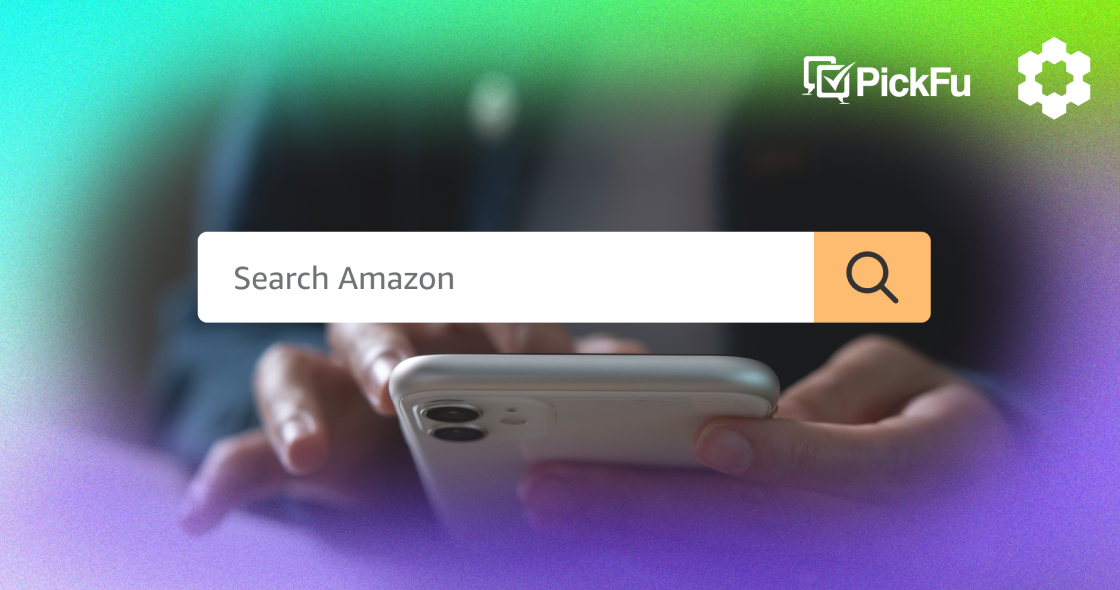In today’s highly competitive Amazon marketplace, influencer marketing is rapidly emerging as a go-to promotional strategy.
The main power of this approach? The reciprocal benefits it affords both brands and influencers.
By leveraging social media platforms, brands can tap into the vast reach of popular personalities to boost their visibility, credibility, and sales. Influencers, on the other hand, can capitalize on their engaged audience and monetize their influence by promoting products. In short, it’s a win-win.
Here’s a look at how brands and influencers can use this marketing tactic to gain a competitive edge in a noisy marketplace.
Getting Started With Influencer Marketing
Time and again, influencer marketing has helped brands and influencers build awareness, capture consumer trust, and boost sales. That’s why brands are increasingly partnering with popular influencers to engage targeted customers whose interests align with their products and brand values.
If done well, brands stand to gain:
- Reduced average cost of sales (ACoS) of pay-per-click and paid ads.
- Increased keyword ranking on Amazon listings.
- Optimized paid and organic user-generated content.
- Increased sales revenue and profit.
Meanwhile, influencers can leverage their unique position as trusted voices to:
- Earn commissions.
- Expand their revenue streams.
- Build their personal brand.
- Strengthen their relationship with their audience.
But to truly make the most of an influencer marketing strategy, brands and influencers need to follow three key steps.
1. Select the Right Platform
For both brands and influencers, choosing the right social media platform is all about understanding two things: your desired audience and your marketing goal.
While platforms like Facebook or LinkedIn tend to generate interest from older demographics, for example, newer platforms like TikTok tend to drive traffic from younger generations.
Similarly, platforms like TikTok, Instagram, or Twitter are great for producing short, bite-sized pieces of content that can quickly capture consumers’ attention. Audiences tend to peruse review sites or platforms like YouTube, on the other hand, for longer content.
Before entering into a marketing partnership, brands and influencers need to conduct consumer research to determine which platforms their target audiences are using and which type of content resonates most with them.
2. Define Campaign Needs and Goals
While social media platforms are filled with influencers promoting branded products, not every partnership works.
Brands should consider the following questions to find influencers who align with their specific campaign needs:
- What’s your campaign budget and timeline?
- How many influencers do you want to partner with?
- Do you want to maintain usage rights to any co-created assets?
- What results are you hoping to achieve?
Since influencers use marketing campaigns to foster trust with their audience and drive their personal brand, it’s similarly important for them to ask critical questions of brands seeking partnership:
- What are the brand’s rates? Do they align with your financial needs?
- Will the brand’s product resonate with your audience?
- Does the brand’s campaign timeline match yours?
- Do you want exclusive rights to the content? If so, will the brand allow that arrangement?
3. Vet and Engage Partners
Establishing your campaign strategy is one thing. Finding a partner who matches those needs is a whole other challenge.
Fortunately, platforms like TikTok and Instagram have Creator Marketplaces that brands can use to search for and evaluate influencers. Brands can view influencer profiles to see their number of followers, previous posts, engagement rates, average content views, personal demographics, and more. This data can help brands find and vet partners and ultimately choose those who align with their values, target audiences, and marketing goals.
To kick things off, brands should invite a number of influencers to the campaign by providing them with as much information about the initiative as possible, personalizing the outreach message, and communicating how the partnership will be mutually beneficial.
When both parties agree to the partnership, they can then negotiate terms — such as commission rates, content expectations, and timelines — off-platform and start creating content.
Maximizing Your Campaign Budget
When it comes to any marketing campaign, every penny counts.
To make the most of a campaign budget — no matter how big or small — brands and influencers need to co-construct clear key performance indicators (KPIs) and objectives that will benefit both parties. Then, teams need to monitor and evaluate the campaign’s progress to ensure it’s delivering a high ROI.
Analyzing metrics like engagement rates, conversions, site traffic, and click-through rates can help a brand assess which influencer campaigns are working and which might require adjustments. Automated tools like PPC Entourage, for example, allow brands to create and use custom campaign templates, and then access advanced reporting on those campaigns via a personalized dashboard. With accurate data at their fingertips, brands can see exactly which campaigns are bringing in the most revenue and why.
But while direct revenue growth is the ultimate goal, it’s not everything.
Brands should also shoot for the “halo effect,” which occurs when brands generate consumer awareness, trust, and loyalty by engaging well-known and respected influencers. Having an influencer use brand keywords, for instance, can enhance the halo effect by bringing in external traffic, garnering more customer reviews, and fostering a positive brand reputation.
Winning Strategies for Top Platforms
Successful influencer marketing campaigns focus on resonating effectively with a target audience — and that requires brands and influencers to adapt to the conventions of their platform of choice. Consider these strategies to drive audience engagement on the top-performing platforms.
TikTok
TikTok has emerged as a powerful platform for influencer marketing, with its engaging short-form video content and vast user base. Brands and influencers can create entertaining and authentic content — including hashtag challenges, duets, and influencer takeovers —that showcases their products.
Best practices for producing product-focused content on TikTok include:
- Creating a catchy hook within the first three seconds of a video.
- Ensuring the video is no more than 20-30 seconds long.
- Focusing on one product per video to enable better measurability.
- Including keywords or a clear call to action to drive viewers to the product.
Amazon Live
Amazon Live gives brands a unique opportunity to connect with viewers in real time via an interactive shopping experience. Brands can partner with influencers to host live-streaming sessions that showcase their products, answer questions, and offer exclusive deals.
When engaging potential customers on Amazon Live, brands and influencers should:
- Engage A-list Amazon Live streamers who are active on the deals page.
- Strive for increasing brand awareness, rather than driving mass conversions.
- Encourage their influencer partner to repost content across social channels.
- Foster long-term relationships with influencers to compound success over time.
User-Generated Content
Encouraging customers to create and share content related to products is an effective strategy to generate buzz and build trust. Brands can leverage customer reviews, testimonials, and unboxing videos to create compelling user-generated content campaigns. Incentivizing customers to share their own experiences helps brands amplify their reach and inspire shoppers to make an Amazon purchase.
Follow these best practices when nurturing user-generated content:
- Whenever possible, purchase usage rights for specific content.
- Upload user-generated content to your brand’s social media page, product listing, and product detail page.
- Use this content to run paid social ads.
The Ever-Growing Potential of Influencer Marketing
Influencer marketing is increasingly becoming a vital strategy for brands and influencers looking to succeed on Amazon — largely because it enables both parties to grow their brand.
Brands can drive external traffic to their Amazon listings, boost sales, and gain a competitive edge, while influencers can enhance trust with their thousands or millions of followers. In fact, today’s marketplace offers several tools to help influencers expand their reach. Amazon Associates rewards influencers for creating product-focused content, for example, and solutions like PixelMe enable creators to manage off-Amazon campaigns, generate new revenue streams, and track traffic across all their platforms.
And consumers benefit from influencer marketing, as well. Tailored, engaging content from the influencers they know and trust? It’s a confidence-boosting pathway to purchase.
But for these campaigns to be successful, it’s critical that brands and influencers customize their campaigns to their audiences’ needs, measure results, and adapt their efforts along the way. With an intentional, strategic approach, partners can master this style of marketing to unlock a world of opportunities on Amazon.








